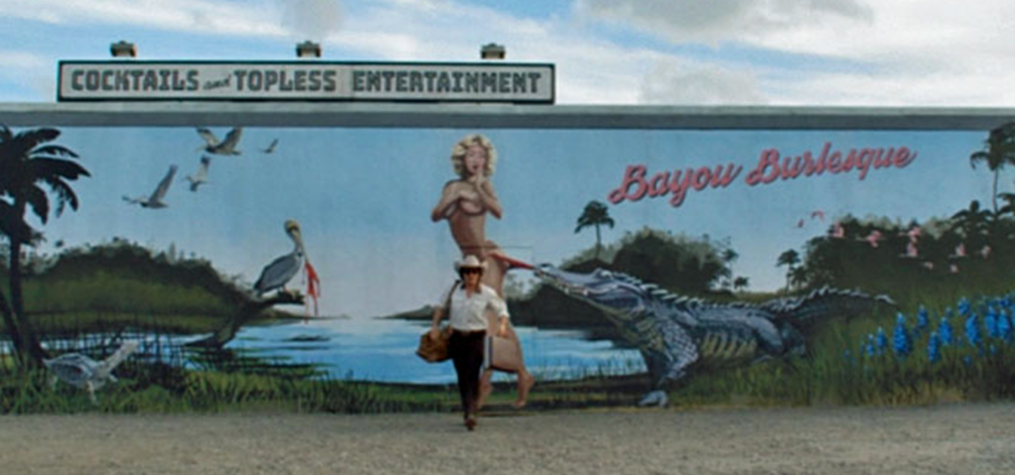Alligators and Pornstars
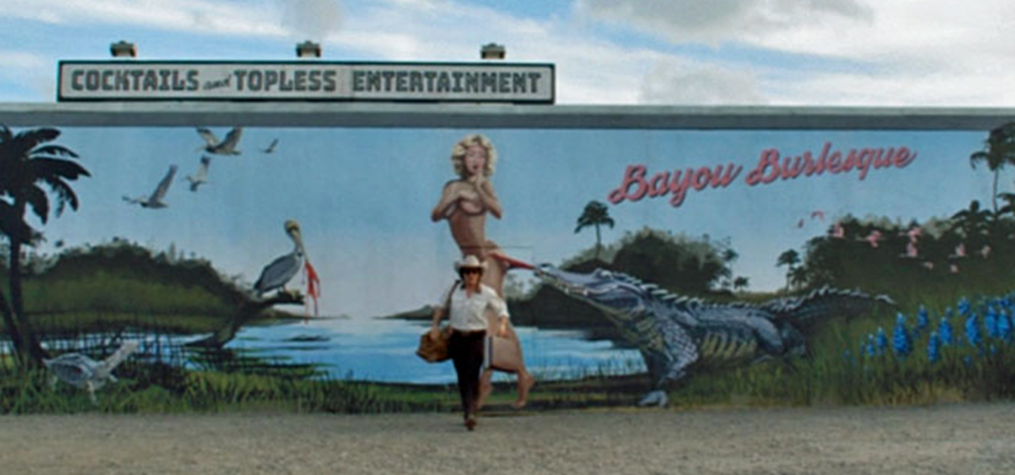
Ti West’s 2022 horror film, X, follows a group of adult-filmmakers in their endeavour to create ‘a good dirty movie,’1 in spite of the looming persecution of their Bible Belt location. In this scene, central protagonist and self-proclaimed star Maxine swims nude in a bayou and, unbeknownst to her, is stalked by an alligator. This scene is foreshadowed by the satirical wall art on the burlesque club at the beginning of the film, which connects the sex-workers to animals from the jump, and simultaneously serves as a caricature of the biblical image of Eve and the serpent. In this scene, Maxine is first shown from an aerial view, which demonstrates the murky colour of the water, and the distance between her and the safe pier. The camera then focuses on her profile, half submerged in water. The danger is exposed to the viewer as the camera switches to an unknown POV, and then pans to reveal that the gaze is emitted by an alligator. The alligator is pictured from the side, half submerged, mirroring Maxine and connecting them as characters.

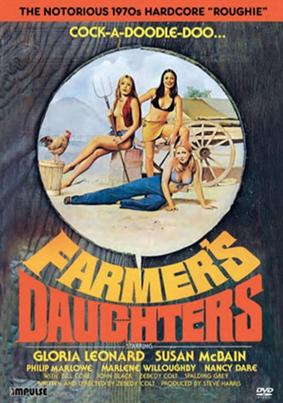

The, previously diegetic, soundtrack is interrupted by the musical score whilst the alligator is pictured from a bird’s eye view, entering the frame and creeping up behind Maxine. The ‘intrinsic and guttural vocalisations’2 sound almost orgasmic, despite being a nail-biting scene, there is a sexual undertone, which creates an intimacy between the two beings. The alligator as a symbol here, in regard to human-animal relations, is multi-level. On one hand, through the parallel shots, Maxine and the alligator are connected as characters, as they can both be considered as misunderstood creatures stereotyped by society in the 70s.
The film is set in 1979, when ‘adult films were rising in popularity, which led many to believe the country’s values were declining,’3 which caused tension and a subsequent stigma surrounding sex workers. Simultaneously during the 70s, efforts to breed the endangered American Alligator led to public anxieties surrounding human-alligator interactions.4 In this way, Pornstars and alligators can be seen as the outcasts of 1970s America.
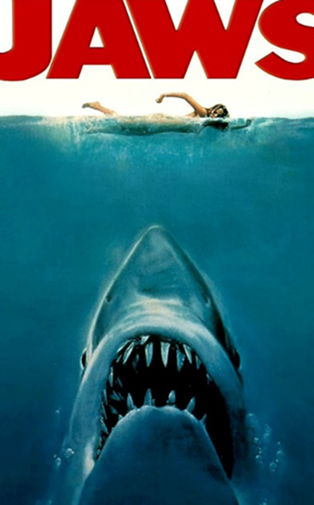
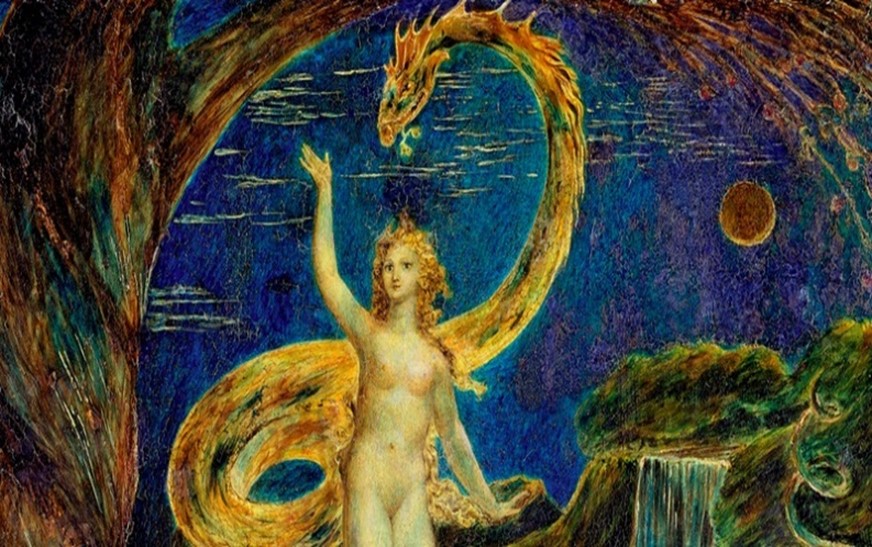
Alternatively, the alligator is a symbol of looming societal anxieties surrounding female sexuality. This symbolism is reflected in 70s horror films, wherein the image of a nude or seminude woman as bait for a lurking underwater creature became a common trope, perhaps most famously pictured in Spielberg’s Jaws (1975).5 The image of the nude woman, punished because of her impulses, is not new. The oldest example of this is the image of eve and the serpent in the bible.
The nude Maxine, her reptilian stalker, and the Eden-like mise en scene parallels this biblical image. Thus, the alligator can be seen to symbolise a life of sin, creeping up on Maxine. This is reinforced at the end of the film, when it is revealed that Maxine’s father is an extreme televangelist, who believes Maxine had been tempted into life as a sex worker, ‘into the hands of devils.’6

The scene comes to a climax as Maxine narrowly escapes the alligator, and the non-diegetic soundtrack is interrupted by dialogue. The dialogue is taken from an overlaying scene, wherein two other characters are shooting a scene for their adult movie. This interrupts the tension and connection between Maxine and the alligator and they are separated as characters. In addition, the film has a positive attitude towards female sexuality and porn; so, whilst the alligator can be seen to symbolise the supposed insidious temptation of sin, Maxine’s escaping of the alligator, punctuated by the dialogue of the beginning of the adult movie, validates her choice of work and saves her from condemnation.
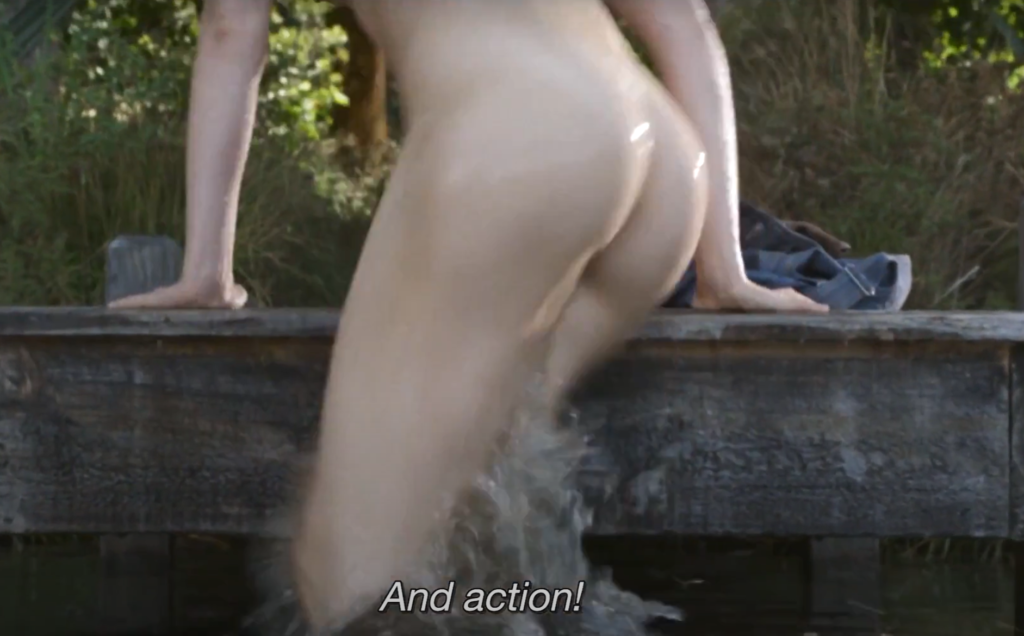
This short sequence of shots exhibits the way predatory animals are used to increase tension in horror films, exploiting the innate human fear of the unknown. In addition, West uses the alligator as a wider metaphor for the cultural turbulence of the 70s surrounding sex, emphasising that ‘the essential relation between animal and human [is] metaphoric.’7
- X, dir. by. Ti West, (A24, 2022), 00:15:51. ↩︎
- Rachel Crouch, ‘Tyler Bates and Chelsea Wolfe on Creating the Dark, Funky X Soundtrack’, Consequence, 2022 < https://consequence.net/2022/05/tyler-bates-chelsea-wolf-x-soundtrack-interview/> [accessed 10th November 2022]. ↩︎
- Travis Bean, ‘X (2022) The Definitive Explanation’, Colossus, 2023 < https://filmcolossus.com/x-2022-explained> [accessed 7th November 2023]. ↩︎
- Eliana Riley, ‘Every Major US Alligator Attack That Happened in 2022 (4 Fatalities)’, AZ Animals, 2022 < https://a-z-animals.com/blog/every-major-us-alligator-attack-that-happened-in-2022-4-fatalities/> [accessed 12th November 2023]. ↩︎
- Jaws, dir. by. Steven Spielberg(Universal Pictures, United States of America, 1975).
↩︎ - X, dir. by. Ti West, (A24, 2022), 01:39:45. ↩︎
- John Berger, ‘Arts in Society: Animals as Metaphor’, New Society, 10th March 1977, p. 504. ↩︎
